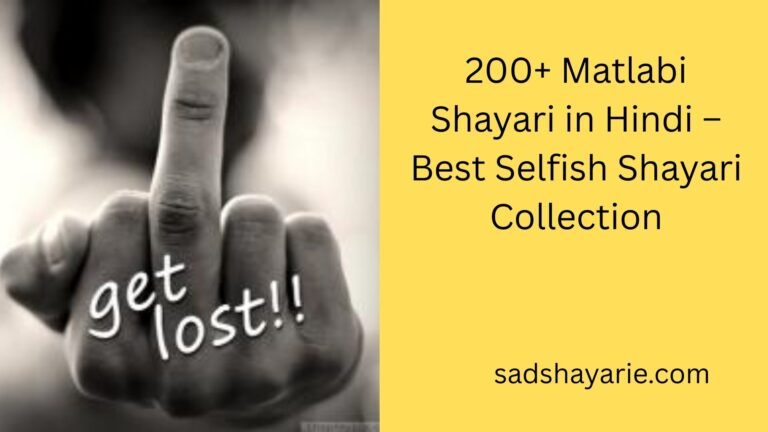
Health apps promise a simple trade: move your body, rack up points, feel better. Badges, streaks, leaderboards, and small rewards turn exercise into something that looks like a game. For many people, this nudge works—at least for a while. The harder question is whether gamification leads to durable habits or just a flurry of short-term effort that fades once the novelty wears off.
Real change depends on more than dopamine spikes. Design choices shape attention, social pressure, risk of injury, and even sleep. When systems push harder, some users do more; others burn out, cheat, or drop out. To get a feel for how tight feedback loops can pull behavior in other settings—and how those loops might sway health choices—you can read more about prompt–reward cycles and consider their parallels in step counts, streaks, and daily challenges.
What “Gamifying” Actually Does
Gamification wraps behavior in three layers:
- Clear goals: daily steps, active minutes, or a heart-rate zone.
- Immediate feedback: sounds, visuals, or haptics that confirm progress.
- Social comparison: leaderboards, team challenges, or shared milestones.
These elements reduce ambiguity. You always know where you stand. That clarity is powerful when starting a routine, because early wins build momentum. But the same clarity can make rest feel like failure, even when recovery is the smart choice.
Short-Term Lift vs. Long-Term Change
Most people see gains in the first weeks of a game-like program. Novelty fuels attention, and metrics rise. The plateau comes later. Two forces drive it:
- Adaptation: the body and mind get used to the task; the same points feel less rewarding.
- Escalation: challenges keep increasing, turning gentle nudges into pressure.
Sustainable plans anticipate the plateau. They cycle difficulty, add variety, and redefine success to include recovery, sleep, and nutrition—not just motion.
The Mechanics That Motivate (and the Ones That Backfire)
- Streaks: Useful for jump-starting a habit, but fragile. A single missed day can crush motivation. Better: “best five of seven” or “twenty days this month.”
- Leaderboards: Push competitive users; alienate others. Narrow boards (friends at similar levels) beat global ones.
- Badges: Good for marking milestones you can’t repeat, such as a first 5K or a longest walk with no stops. Empty when tied to tasks you’ve already mastered.
- Progress bars: Effective when tied to a clear plan (e.g., a 12-week walking build). Confusing when the target is arbitrary.
The pattern is simple: mechanics that respect context help; those that ignore it breed frustration.
Behavior Change 101: Identity, Not Just Incentives
Lasting change tends to shift identity: “I am a person who moves daily,” not “I chase points.” Apps can support this by prompting reflection after sessions: What went well? What felt hard? What will you adjust? Small notes turn logs into learning. Without reflection, users chase numbers and miss lessons about pacing, footwear, route choice, hydration, and sleep.
The Risk Side: Overreach, Injury, and Shame
Game loops can push people past safe limits. Daily challenges rarely know your joints, history, or current stress. Overuse injuries often show up in week three or four, just as motivation peaks. Shame is another risk: failing a public challenge can make users hide rather than adjust. Good systems include safety rails—auto-suggested rest days, gentle deload weeks, and private modes.
Equity and Access
Gamified tools can widen or narrow health gaps. Barriers include device cost, safe places to exercise, and time. Programs that work across settings—living room routines, stair intervals, walking errands—reduce inequity. So do designs that minimize data needs, allow cash-free access, and avoid paywalled essentials like basic coaching or injury tips.
Data, Privacy, and Trust
Health data is sensitive. Some platforms collect more than they need, keep it longer than users expect, or share it widely. Trust grows when apps state, in plain language, what they collect, why, how long they keep it, and how to delete it. Local processing and minimal default sharing should be the norm. If users can’t find or understand data settings, they shouldn’t be asked to upload more.
What Works: Principles for Durable Design
- Personal baselines: Start from current capacity, not a generic target.
- Flexible goals: Count “effort equivalents” (e.g., brisk 20-minute walk = one point, yoga = one point) to prevent all-or-nothing thinking.
- Periodic resets: Every 4–6 weeks, cut volume 20% and review notes to prevent drift and injury.
- Context-aware prompts: Weather, sleep, and recent effort should shape suggestions.
- Social choice: Offer teams for those who want them and solo modes for those who don’t.
- Recovery as progress: Award points for sleep consistency, stretching, and light days.
Measuring Success Without Gaming Yourself
If you only track steps, you’ll optimize for steps. A better scorecard is balanced:
- Adherence: days with any intentional movement.
- Variety: number of distinct activities in a week.
- Intensity mix: easy vs. moderate vs. hard sessions.
- Recovery: sleep regularity and perceived energy.
- Function: stairs climbed without stops, groceries carried without strain, play with kids without fatigue.
Functional gains tell you whether the numbers matter in daily life.
A Practical Starter Plan (App or No App)
- Week 1–2: Move 20–30 minutes on five days; log one sentence after each session.
- Week 3–4: Add one strength circuit (bodyweight) and one balance drill per week.
- Week 5: Deload—cut volume by 20%, keep the routine.
- Week 6–8: Rebuild with small progressions: +5 minutes to one session, +1 set to strength.
- Rules: Best five of seven days count; at least one easy day after a hard day; sleep target within a one-hour window nightly.
Use any app as a mirror, not a master. If a feature helps you keep this plan, keep it. If it distracts, turn it off.
For Coaches, Clinicians, and Cities
Coaches can translate raw metrics into advice people can use: gait tips, shoe checks, route ideas. Clinicians can prescribe “movement scripts” that fit conditions and meds. Cities can support low-cost access: safe sidewalks, open stairs, basic lighting, and public spaces where people can stretch or rest without being moved along. The best app can’t compensate for unsafe streets.
So—Can Apps Make Us Fitter?
They can help launch and guide a habit. They can also derail it. The difference lies in whether the game serves the person or the person serves the game. Systems that respect baselines, protect recovery, and shift identity from point chaser to daily mover tend to work. Those that push streaks and public rankings at any cost tend to fail.
In the end, fitness grows from steady, repeated choices made in real conditions. A good app can make those choices easier and more visible. The real victory is when you could close the app for a week and still know what to do tomorrow.



